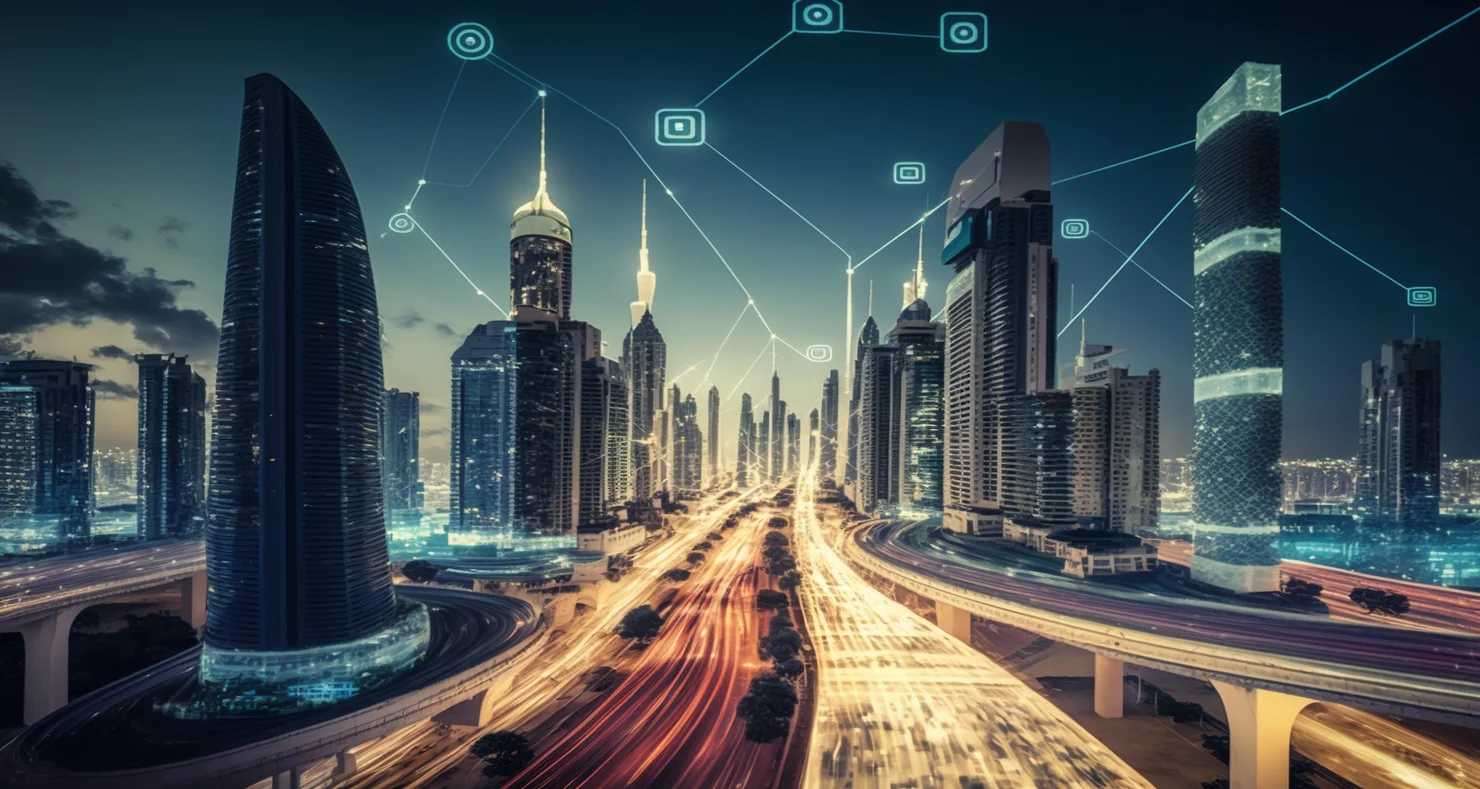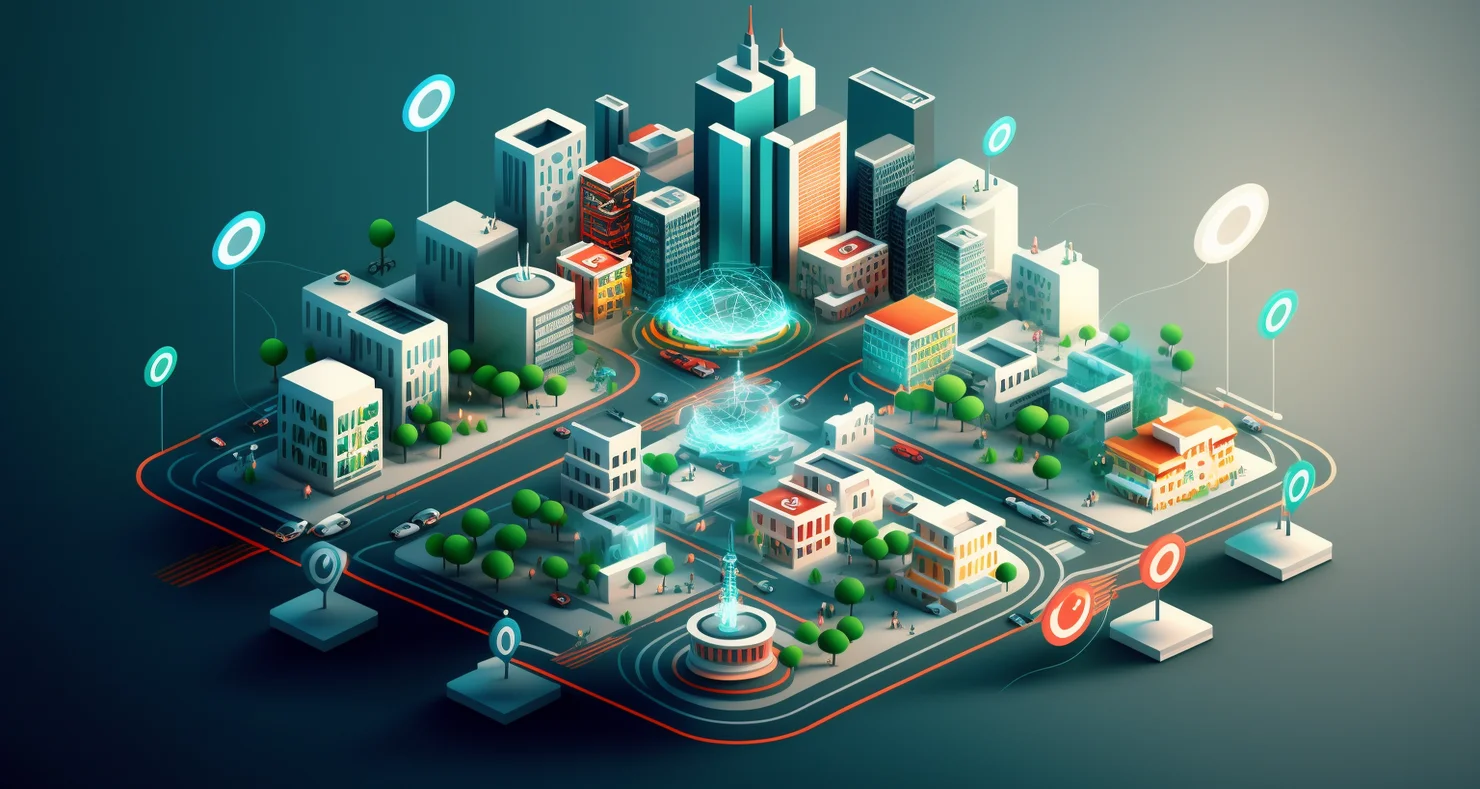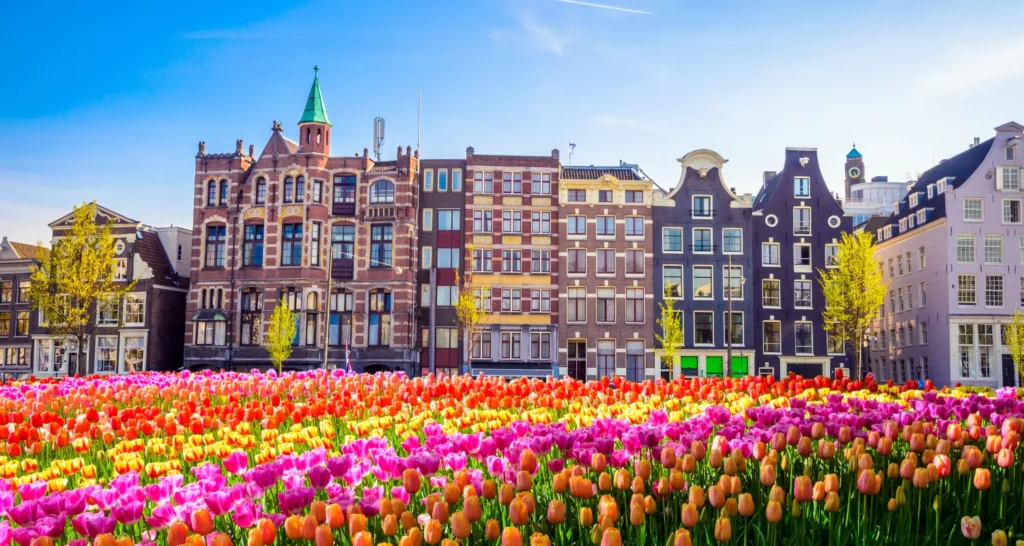The concept of Smart Cities strategy has been evolving over the past few decades, from a focus on technology and infrastructure to a more people-centric approach that emphasizes quality of life and sustainability. The latest iteration, Smart City 6.0, takes this approach even further, with a focus on data-driven decision-making and citizen engagement. In this article, we will explore the key characteristics of Smart City 6.0 and why they are important for the average person.
Smart City strategy 6.0 is characterized by six key elements:
- Citizen-centricity
- Data-driven decision-making
- Sustainability
- Innovation and entrepreneurship
- Collaboration
- Resilience

Citizen-centricity
is perhaps the most important characteristic of Smart City 6.0. This means that cities are designed with the needs and preferences of citizens in mind, rather than simply focusing on infrastructure and technology. For example, Smart City 6.0 might include initiatives to make public transportation more accessible and convenient, or to create more public spaces for people to gather and socialize.
Data-driven
decision-making is another key characteristic of Smart City 6.0. This means that cities use data and analytics to inform policy decisions and improve city services. For example, a Smart City might use sensors and data analysis to optimize traffic flow and reduce congestion, or to monitor air quality and take action to reduce pollution.
Sustainability
is also a key characteristic of Smart City 6.0. This means that cities prioritize environmentally-friendly practices and policies, such as renewable energy, green spaces, and sustainable transportation options. For example, a Smart City might incorporate solar panels into its public infrastructure, or create more bike lanes and pedestrian-friendly spaces to reduce reliance on cars.
Innovation
and entrepreneurship are important components of Smart City 6.0 as well. This means that cities encourage and support startups and innovative ideas that can help solve urban challenges and improve quality of life. For example, a Smart City might have a startup accelerator program that focuses on urban sustainability and social innovation.
Collaboration
is another key element of Smart City 6.0. This means that cities work with citizens, businesses, and other stakeholders to co-create solutions and make decisions together. For example, a Smart City might hold public forums and consultations to gather input on new initiatives, or partner with local businesses to implement sustainable practices.

Finally, resilience is a critical characteristic of Smart City strategy 6.0. This means that cities are able to adapt to and recover from unexpected events and crises, such as natural disasters or social upheavals. For example, a Smart City might have an emergency response plan in place that uses data and analytics to identify areas of need and allocate resources effectively.
Smart City 6.0 is not a new concept, but it is one that has been gaining traction in recent years. Cities around the world are recognizing the benefits of a citizen-centric approach to urban planning and management, and are investing in technology and innovation to improve quality of life and sustainability. According to a report by McKinsey, the global smart city market is projected to reach $158 billion by 2022, with a compound annual growth rate of 18%.
But why is Smart City 6.0 important for the average person? The answer is simple: because it can improve quality of life and make cities more livable and sustainable. By prioritizing citizen needs and preferences, using data to inform decision-making, and investing in innovation and sustainability, Smart City 6.0 can help create more vibrant, resilient, and equitable urban communities. Whether it’s through better transportation options, cleaner air and water, or more inclusive and collaborative decision-making, Smart City 6.0 has the potential to transform the way we live and work in cities around the world.

One example of a city that has embraced the Smart City concept is Singapore. Singapore has been implementing various initiatives and programs to create a more livable and sustainable city. One such initiative is the Smart Nation program, which aims to transform Singapore into a “smart nation” where technology is used to improve quality of life and create economic opportunities. The program includes various initiatives such as a national digital identity system, a smart urban mobility platform, and a national sensor network that monitors air and water quality.
Another example of a Smart City strategy is Amsterdam. Amsterdam has implemented several programs and initiatives to promote sustainability and reduce carbon emissions. One such initiative is the Amsterdam Smart City program, which brings together public and private stakeholders to develop innovative solutions to urban challenges. The program includes initiatives such as smart grid technology, smart waste management, and electric vehicle charging infrastructure.
Smart City 6.0 is necessary for the average person because it has the potential to improve the quality of life in cities. By putting citizens at the center of urban planning and management, Smart City 6.0 can help create more livable and sustainable cities. For example, initiatives such as better public transportation and more green spaces can improve access to amenities and promote a healthier lifestyle. Data-driven decision-making can help identify areas of need and allocate resources more effectively, resulting in more efficient and effective public services.
In conclusion,
Smart City strategy 6.0 is a concept that emphasizes citizen-centricity, data-driven decision-making, sustainability, innovation and entrepreneurship, collaboration, and resilience. By implementing these characteristics, cities can become more livable, sustainable, and resilient. The potential benefits of Smart City 6.0 include improved quality of life, better public services, and economic opportunities. As more cities embrace the Smart City concept, we can expect to see more innovative solutions to urban challenges and a brighter future for urban communities.













